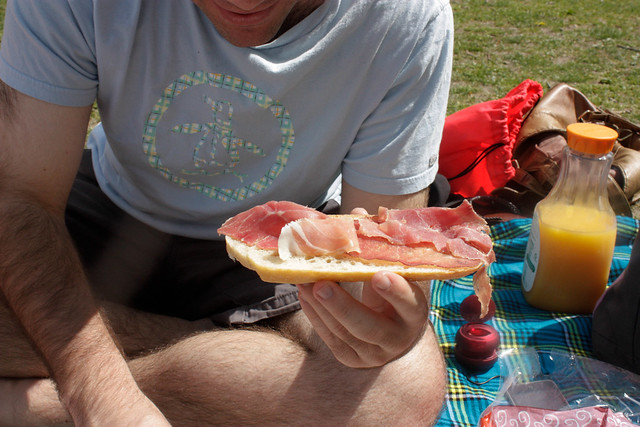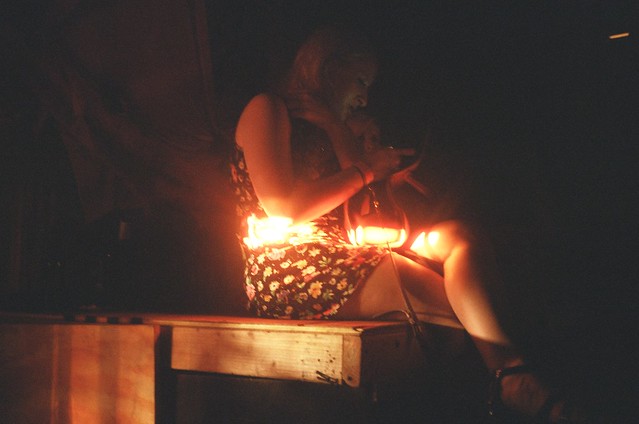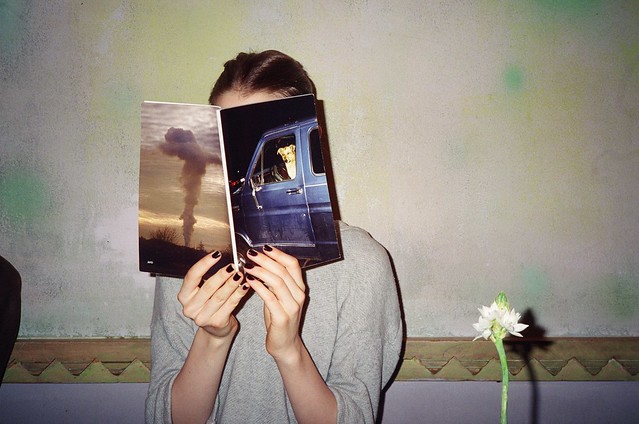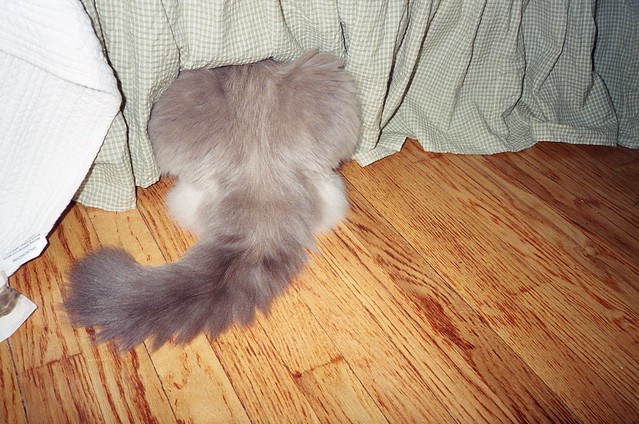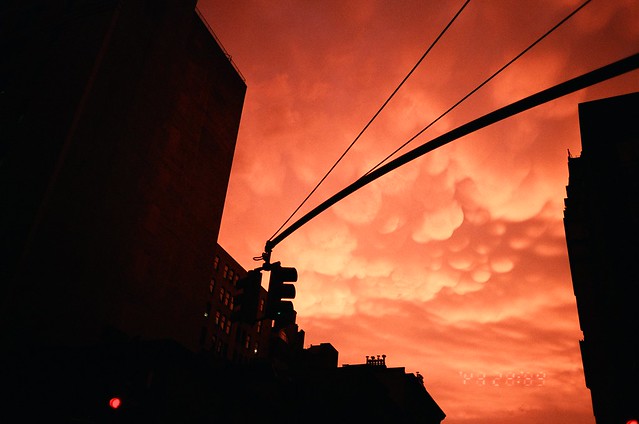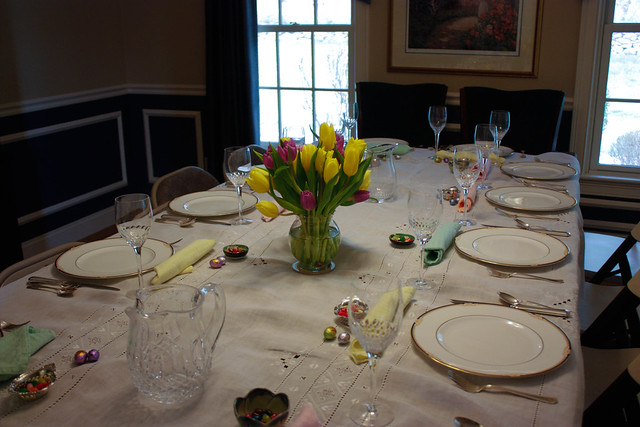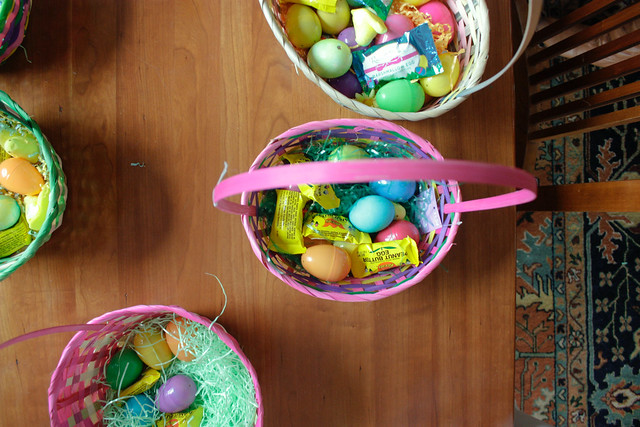time & place
**Saturday morning, 11 AM by the Charles River.
**Saturday morning, 11 AM by the Charles River.

the ingredients
-African masai cloths
-African masai cloths
-3 wine glasses
-10 solo cups
-prosecco
-red wine
-au bon pain coffee
-tangerine juice
-prosciutto
-bresaola
-tuscan pane
-cinnamon rolls, 2 kinds
-baby carrots
-brie cheese
-honey goat cheese
-canteloupe spears
-red grapes
-tomato basil hummus
-milano cookies
-pita bites
-freshly baked sweet potato biscuits
-homemade cornbread
-a full pecan pie

the picnic
**We rolled out of bed and onto the banks of the Charles river, food in tow. The first few hours of the weekend were spent sprawled on the grass, wining and dining in the sun. Cheap coffee, freshly sliced cold cuts, soft cheese melting under the heat, the creamy hummus slowly forming a crackly crust after our bellies were full and the food lay out untouched, looking like the gawdy plasticine ornamentation of a scene we had arranged. The broken pieces of bread scattered carelessly and the solo cups filled halfway with lukewarm coffee were the tokens of our happy langour.
**It is the desperate hunger of young adulthood that encourages one to eat cheaply (e.g. Milano's, Tropicana) and simultaneously galvanizes our most hedonistic and epicurean urges; the former makes the latter seem all the more wild and indulgent (e.g. prosciutto, bresaola, champagne, wine glasses).

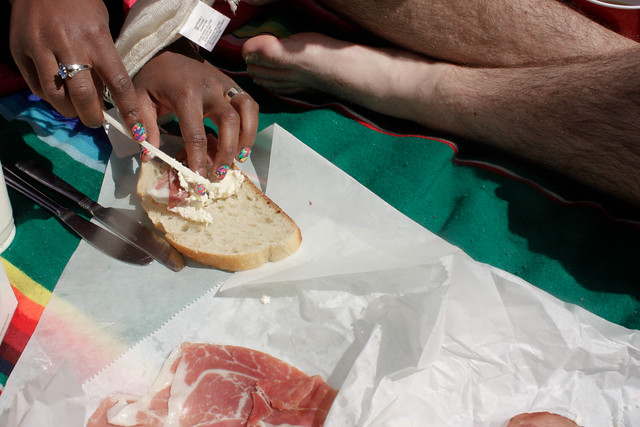
bresaola
**The household that I lived with while studying in Italy served food that look suspiciously like that of a hospice ward. On a second thought, it was probably worse. The frozen tuna and corn pizza, the nightly chocolate pudding cups, and the hot dogs would have seemed like the makings of a great farce had they been conjured up in my imagination – they were not. Then one night Leonardo brought home a parchment paper packet of dark red, thinly-sliced meat, and despite my aversion towards meat, my desperate hunger prevailed and I tried a few slices atop a bed of arugula, with grated parmesan cheese, olive oil, and a squeeze of lemon juice. The bresaola – diaphanous sheets of dry-cured lean beef - was salty and light, without any toughness. When meat is dry-cured, the umami flavors become concentrated as the glutamic acid rises, as in the making of cheese. In this transformation of flavor, the meat takes on new, sweeter aromas (which is why prosciutto is so often paired with melon). Bresaola, to me, is a saving food, and the memory I have of it incited a surprised joy when Jonathan, upon arrival to the picnic, set out a parchment paper packet, similar to the one Leo brought home that night. Bresaola and honey goat cheese on white bread - salty, creamy, chewy, curiously sweet, and slightly tangy. Nothing tasted better that morning.
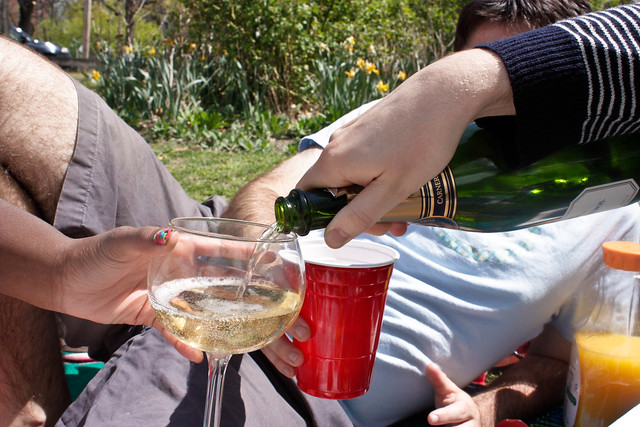
to-do
Drink champagne.
Make mimosa.
Sip your coffee.
Lick your fingers.
Shoot the shit.
Lay your head down.
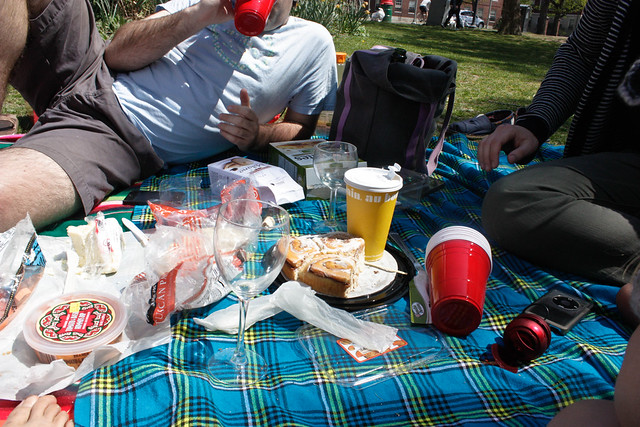
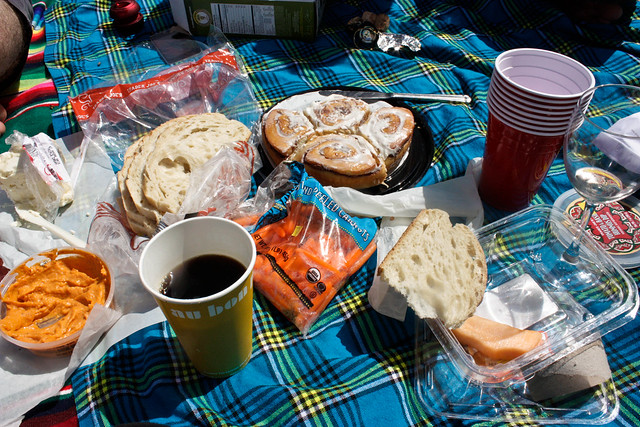
**The sun ducked in and out. Danny couldn't decide whether to keep his shirt on or off.

**Even the decisive relinquishing of our routines can sometimes feel like wrestling a pacifier from a baby's mouth. But life is not a clock that winds itself down into the dark. Under that sun, in that timeless space, I was so content among friends and food, and the clarity of what I value most in life became so tangible, so physical, and so present, that it was easy for a few hours – and so pleasurable – to forget all the urgencies that lay beyond our immediate grasp.
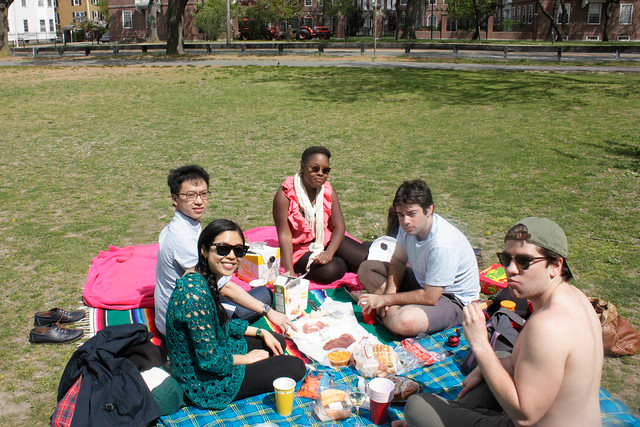
**It is with a huge sigh of relief that we shed our winter coats and slip into our summer skins.

